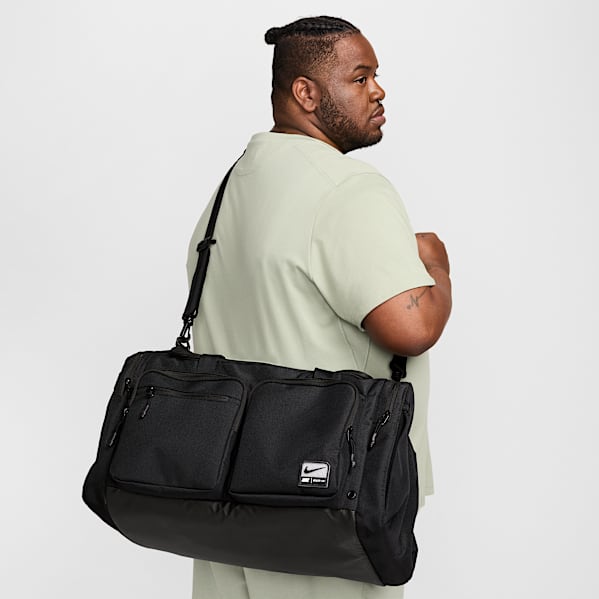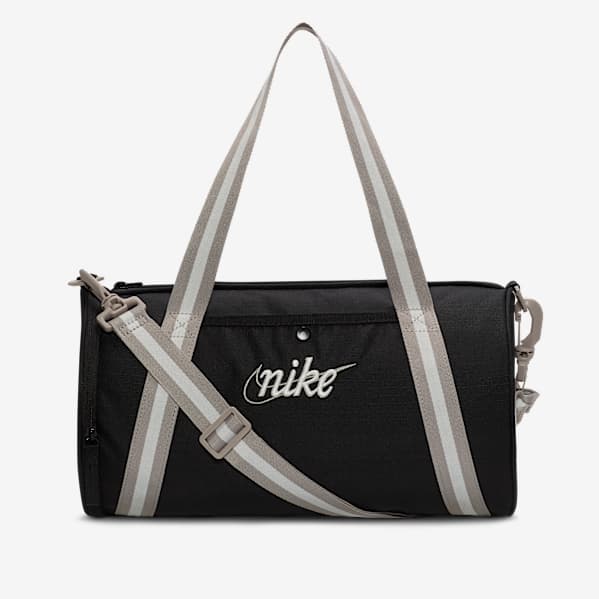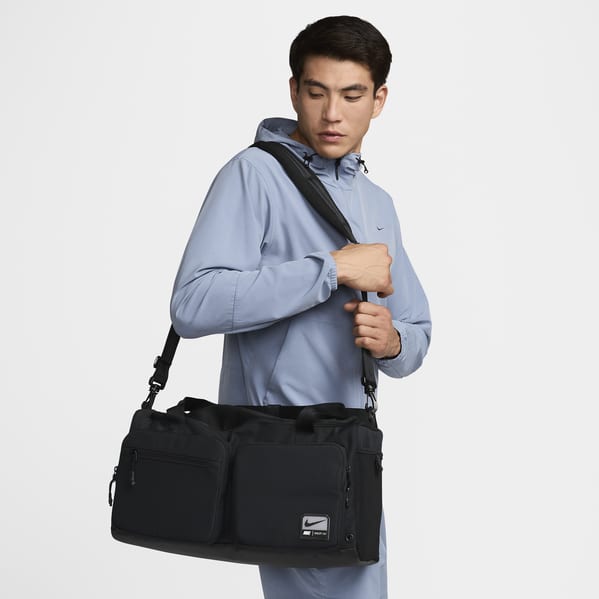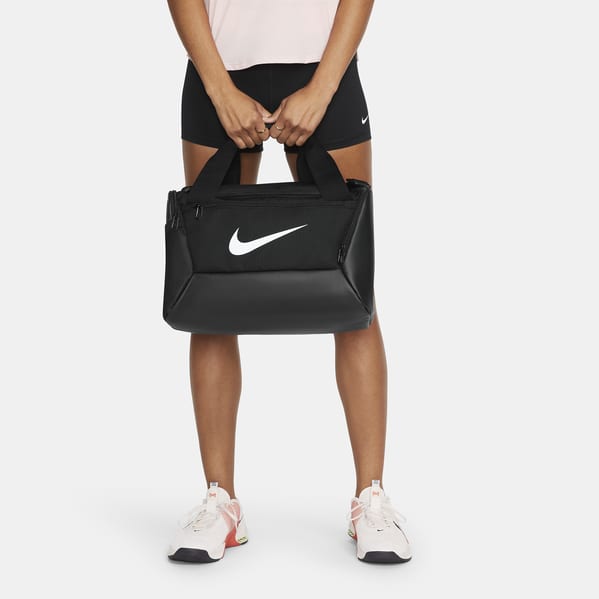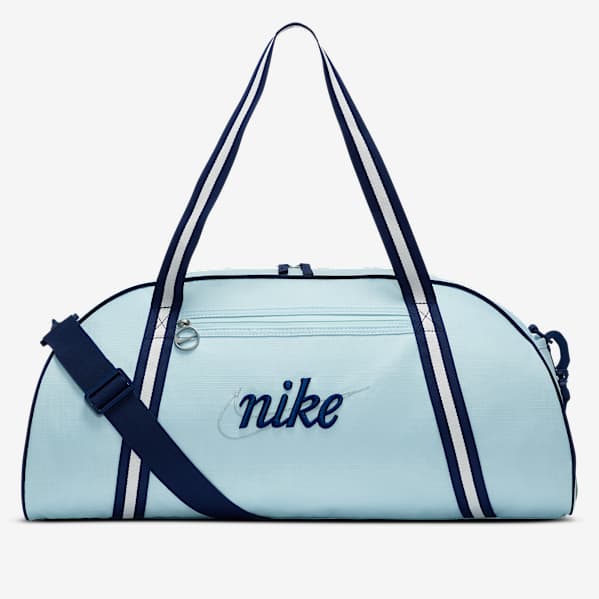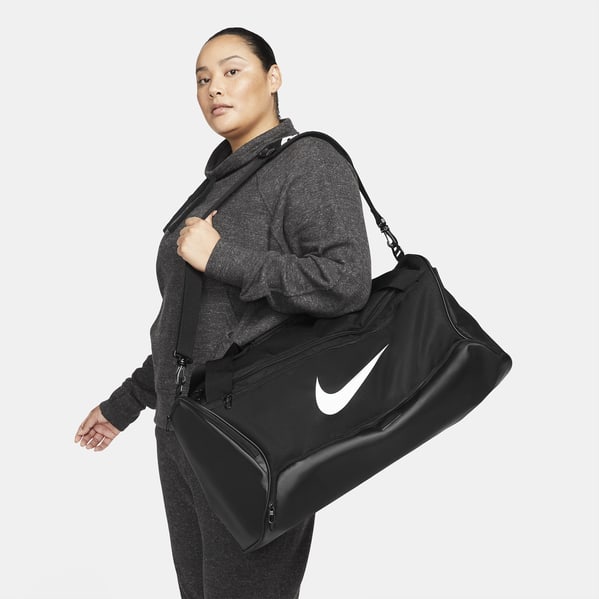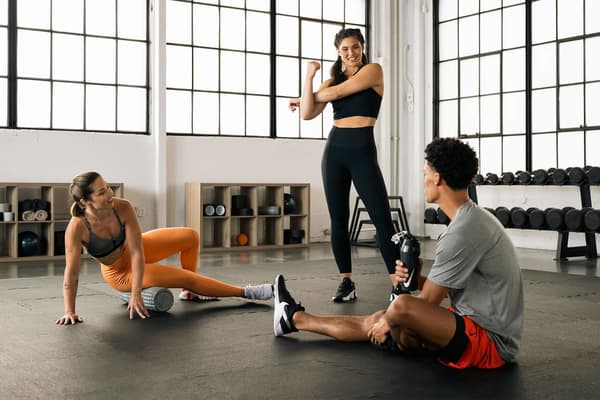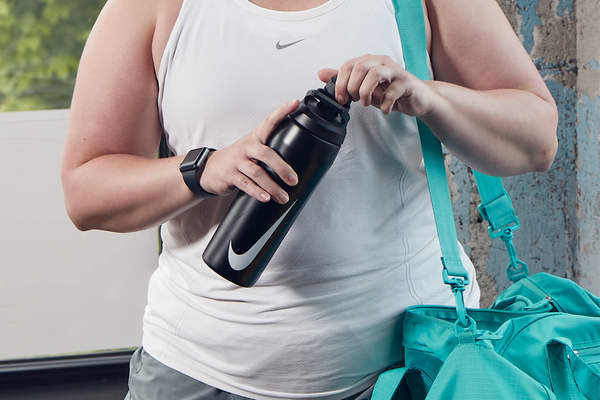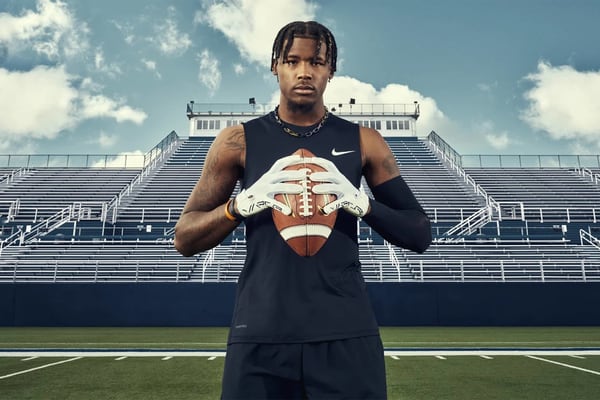Nike's Best Training Gloves for Your Toughest Workouts
Buying Guide
Protect your hands and improve your grip with Nike's best weightlifting and workout gloves.

From weekend warriors to hardcore weightlifters, anyone with a fitness goal knows how frustrating it can be for something small—like blisters, calluses or sweaty, slippery hands—to get in the way of a solid workout. If you're planning to lift weights at the gym, workout gloves can help remedy those setbacks and offer extra grip and security. With padding to protect your hands and wrist support to reduce your risk of injury, Nike weightlifting gloves offer the support you need to go after big goals and improve your strength and endurance. Here's everything you need to know to get the right gloves for weightlifting workouts.
Nike's Best Workout Gloves
The Nike Gym Premium Gloves offer substantial grip, protection and support when weightlifting—for beginners and experienced cross training athletes alike. These gym gloves feature high-density foam padding to protect your palms and provide anti-slip grip. The perforations in the palms and the lightweight, breathable mesh material at the back of the hands allow for air circulation so you can avoid super-sweaty palms. Plus, for added wrist support, a secure hook-and-loop closure wraps around the wrist so you'll feel locked in and ready to go. When it's time to slip them off post-workout, these gloves are designed with pull tabs for easy on-and-off access.
The Benefits of Weightlifting Gloves
Better Grip: Sweaty palms can make it difficult to grip hand weights. Many weightlifters use chalk for this reason, but it can irritate your skin and lungs, and it can be a mess to clean up after a workout. A pair of training gloves can help give extra grip for heavy weights or when doing pull-ups so you don't slip, for example. You can also pair them with wrist straps for better grip during pulling movements such as deadlifts.
Injury Protection: Weightlifting can stress the tendons in your fingers, which can tighten over time, leading to microscopic tears, causing inflammation or tendonitis. Wearing workout gloves helps protect and support your fingers, hands and wrists. And while weightlifting gloves shouldn't be used to fix an injury or be the sole effort to avoid the risk of one, they can be a supplementary tool to help you reach your weightlifting PR—without extra discomfort.
Prevention of Calluses and Blisters: Lifting weights without gloves causes friction between your hands and the weights, which can lead to calluses or blisters over time. Calluses can become painful if they start to crack or tear, making it uncomfortable and painful to lift weights.
Wrist Support: Many weightlifting gloves help support and stabilise your wrist while you lift during a workout session. This can alleviate pressure on the nerves in your wrist, which might lead to numbness and tingling in your hands and fingers. Some weightlifting gloves offer wrist wrap support, but be sure to look into other targeted "prehab" exercises to inform your specific needs for weightlifting, too.
Frequently Asked Questions
Should You Use Workout Gloves as a Beginner?
If you're just starting to lift weights, it's a good idea to practise with and without gym gloves. Practising without gloves can help improve your grip strength, but once you start lifting heavier weights and getting used to it, gloves provide beneficial protection and support.
Should You Use Weightlifting Gloves for Pull-ups or Deadlifts?
If you're using weightlifting gloves for exercises like chin-ups or pull-ups, make sure your gloves are not too thick. It's more difficult to grip with an extra thick layer of fabric, which might take away from how many reps you can squeeze out. On the other hand, if you have sweaty hands or tend to get calluses, the palm protection that gym gloves provide may be necessary to keep you in the game.


